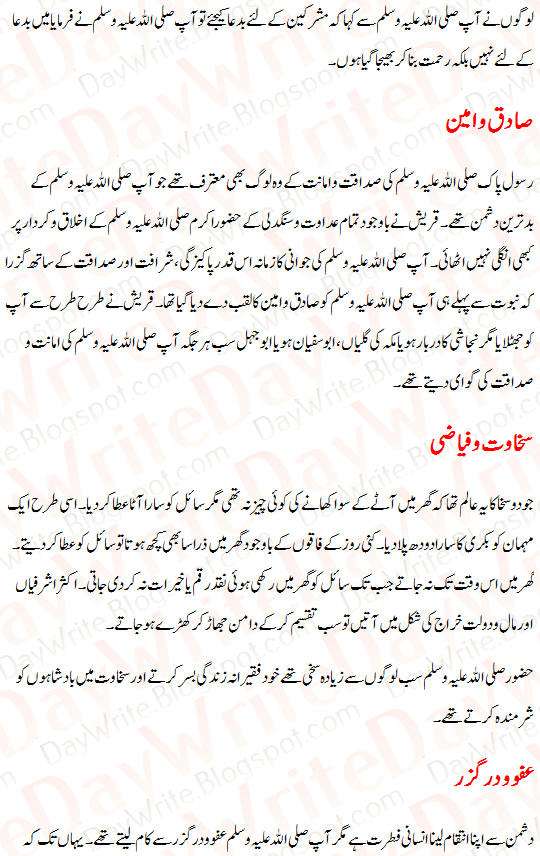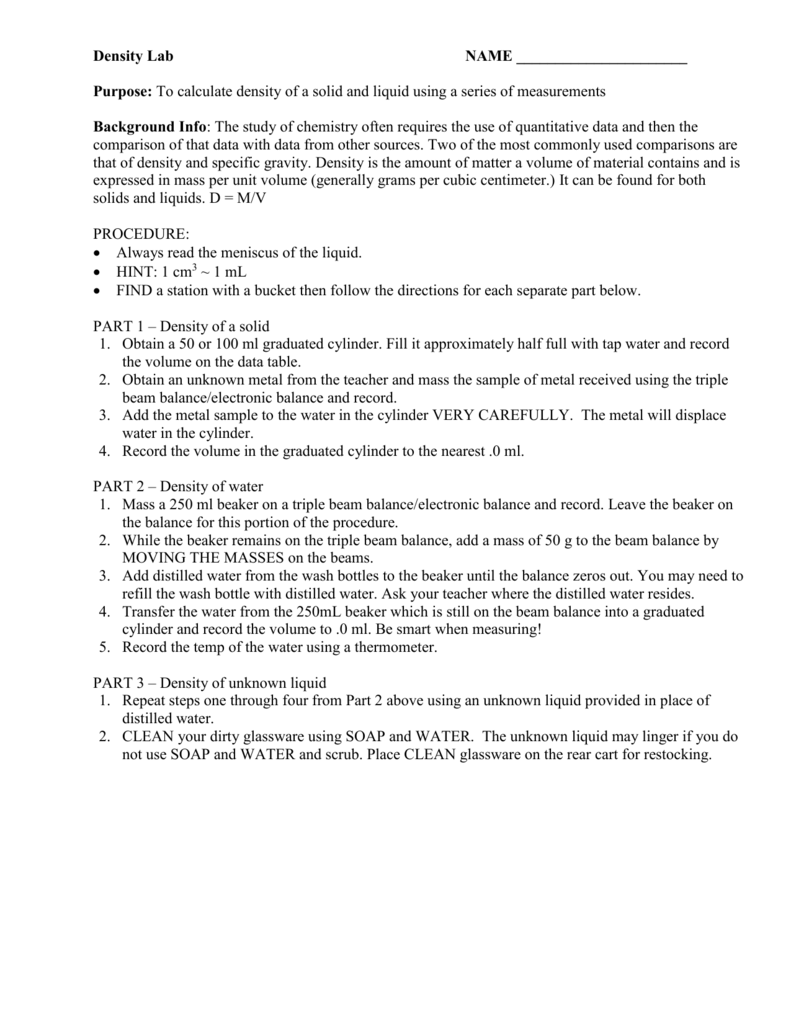

- #Density and specific gravity lab report conclusion how to
- #Density and specific gravity lab report conclusion professional
Based on the data collected, tell participants to illustrate and label a density column on their worksheet.Instruct participants of each group to share their data within the group after everyone has completed measuring.Tell participants to gently wipe dry the straw between liquids.Tell participants that the measurements will reflect only slight differences, but to do their best and to record their findings.If the liquid surface line is between lines when the hydrometer is floating in the bottle, tell them to estimate to the best of their ability. Tell participants that the water line value is 1.0 and that each mark has a value of.Provide each group with a set of sample liquids to be tested and instruct participants that they are each to use their own instrument to test the various liquids.Instruct participants to use a different colored marker and using the sharp tip of the marker make marks every 2 mm on either side of the water mark line for a total of 7 markings on each side of the water line.Instruct participants to gently wipe the straw dry with a paper towel and make a distinct thin line for the water mark.Instruct participants to use a permanent marker and mark where the surface of the water touches the side of the straw.If the straw is hitting the bottom of the bottle, either add more water or trim the length of the straw. If not, instruct them to add one nail at a time until in does. Instruct participants to place the straw into the water to check if it floats straight up and down.Instruct participants to place two nails, point side down into the straw.Instruct participants to make a small ball with the Plasticine and seal one end of the straw so that it is water tight.Instruct the participants to measure and cut the straw to a length of 10 cm.Give each group a cut off water bottle nearly filled to the top with distilled water. Divide participants into groups of three and provide the materials necessary for each participant to make a hydrometer.Instruct participants that they are going to make a device to determine relative density of different liquids.Īssessment: Assessment is on going with verbal responses from participants.
#Density and specific gravity lab report conclusion how to
Play the video clip that will show how to use a device to check the fluid levels in a car battery. Ask participants, "Do you know how to check your car's battery to insure it is in good working order?" Answers will vary. Show a video of someone trying to start the car, but the battery is dead or relay a story of what that is like.Īsk participants, "Have you ever had a similar experience?" Most will say yes.

Short Clip Videos as described in Engagement Phase.Participants will produce a lesson plan to guide their own students in the design and implementation of an experiment.Participants will be able to create a liquid density column.Participants will be able to determine the relative specific gravity of different liquids.Participants will be able to construct a hydrometer.Participants will learn the specific gravity of different substances.Participants will learn the function of a hydrometer.Participants will learn the term specific gravity.Participants will design a lesson they can implement in their own classroom. Based on their findings, participants will create their own liquid density column. Using their hydrometers, they will determine the relative differences in specific gravity of liquids and compare these values to those obtained from a commercially manufactured hydrometer.
#Density and specific gravity lab report conclusion professional
Printer Friendly Version Specific Gravity: The Relative Density of LiquidsĪs a result of the professional development provider-conducted module, participants will learn through the creation of their handmade hydrometers, how a hydrometer functions and what it measures. Return to the Professional Development Module Index


 0 kommentar(er)
0 kommentar(er)
